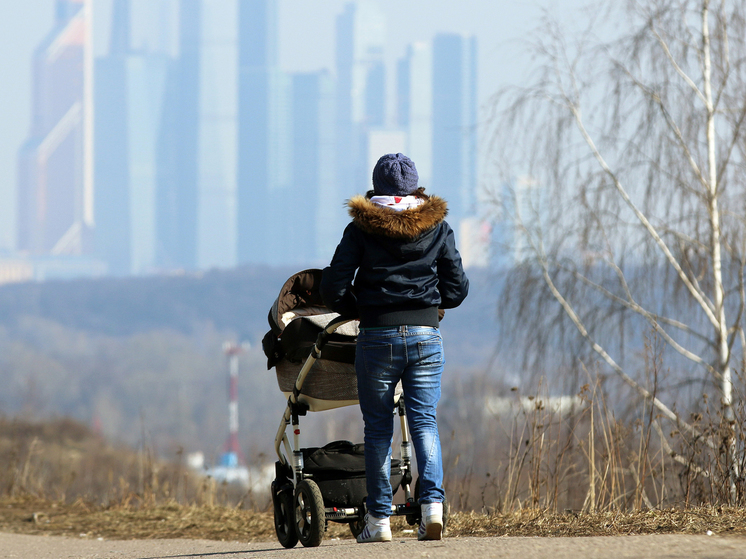Demographer Alexey Raksha criticized the reduction of maternity capital
[ad_1]

In the period from 2024 to 2026, the decrease in the transfer may amount to 356 billion rubles, that is, minus 17%, the department noted. But do not worry: there will be enough money, as the number of children will be even less.
“This is a technical adjustment for more accurate budget planning. It’s just that there will not be as many births as previously planned by the Ministry of Finance / Ministry of Labor,” the well-known demographer Aleksey Raksha explains the situation.
“I think it was like this (I have already seen such cases with my own eyes): the officials were told: draw a growing birth rate, we will plan payments. And they drew a growing number of births. And, probably, in a line. Most likely, this happened due to the fact that they simply do not know the difference between the concepts of “fertility” and “number of births,” Alexey Raksha continues.
– What’s the difference?
– Fertility – the number of children per woman. The number of births is the product of the birth rate per woman and the number of women. The fact is that due to the reduction in the number of women of childbearing age, even with a moderately growing birth rate, the number of births will still fall or will not grow in the coming years.
***
In 2023, 551.3 billion rubles were allocated in the federal budget for the payment of maternity capital. At the beginning of 2023, the Social Fund reported that the right to pay maternity capital for second children born after 2007, and for first-born children born after 2020, in addition to existing families, was received by families from four regions annexed to the Russian Federation at the end of September last year. But, despite the fact that there are more Russians, the demographic forecast for the future is still pessimistic. Therefore, less money will be needed for mother capital. But let’s save?
– At the end of 2022, the number of families with children who received a certificate has already decreased by 13.4%, auditors estimate. You suggested that the real birth rate fell by only 5% last year. Why such difference? – I ask Alexei Raksha.
– Apparently, last year the “tail” paid increased amounts for the second to those who did not receive for the first. The number of births last year fell by 6%.
– And what percentage of the fall can be expected this year?
– So far -3% of the number of births and + -0% of the birth rate. This is for the first 4 months. You can expect worse.
– Peskov’s recent words that we are in a demographic hole, how can they be assessed? Is it some kind of sudden epiphany, or is there a deep meaning and plan embedded in them?
– This is a statement of fact.
– And the last question: does maternal capital play such a role in stimulating the birth rate, as it did five years ago? Recently, I have been constantly hearing from women of childbearing age: in the current situation, only dysfunctional families can be interested in giving birth only for the sake of money from the state.
– Since now, for some reason, the main part of the mother’s capital has been transferred from the second child to the first, its effectiveness is falling. His role has not been played at all – if you make a million for the second child, for the third one and a half … And the first is given birth, as a rule, not for the sake of money, but because with mother capital they can finally afford the child they wanted before. If this payment is canceled, the birth rate will additionally fall noticeably.
***
“Demography is where we have failed so far. Unfortunately, there is no panacea,” said Dmitry Peskov.
Is there something we can’t do? And the authorities are even ready to admit it?
Although here it will not work to escape from reality even with the greatest desire – you either have children or you don’t. On paper, you can draw a beautiful forecast, but what is the use of it if they never appear?
Matkapital, while it was issued for the 2nd or subsequent child, brought about 2-2.5 million additional births of Russians, which would never exist without it. Experts believe that the birth rate of second and subsequent children in Russia is closely related to family income a year earlier.
If we take foreign experience, then the birth rate of first and second children, until recently, was higher in those countries from developed and / or European countries where the Gini index or the level of material inequality is lowest. Is it a coincidence that these states have the best coverage of preschool institutions and a generous family and social policy of the authorities?
[ad_2]
Source link






